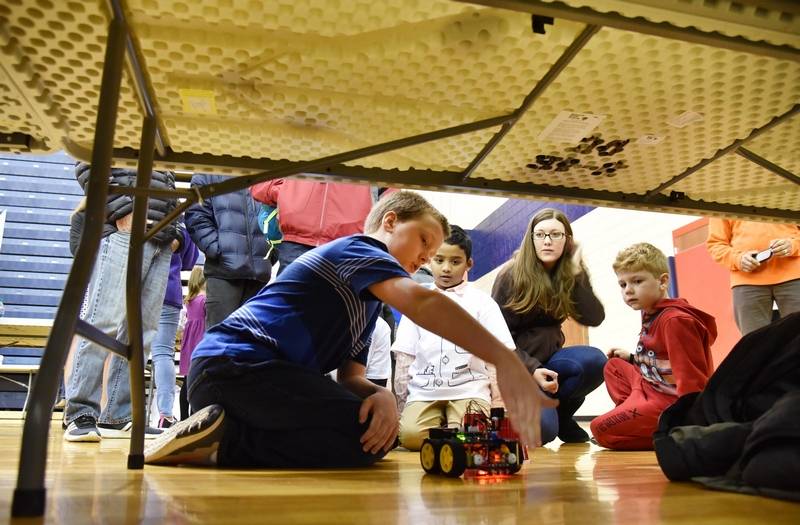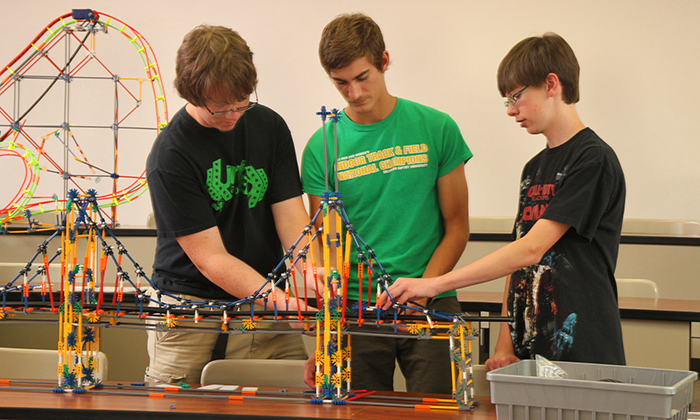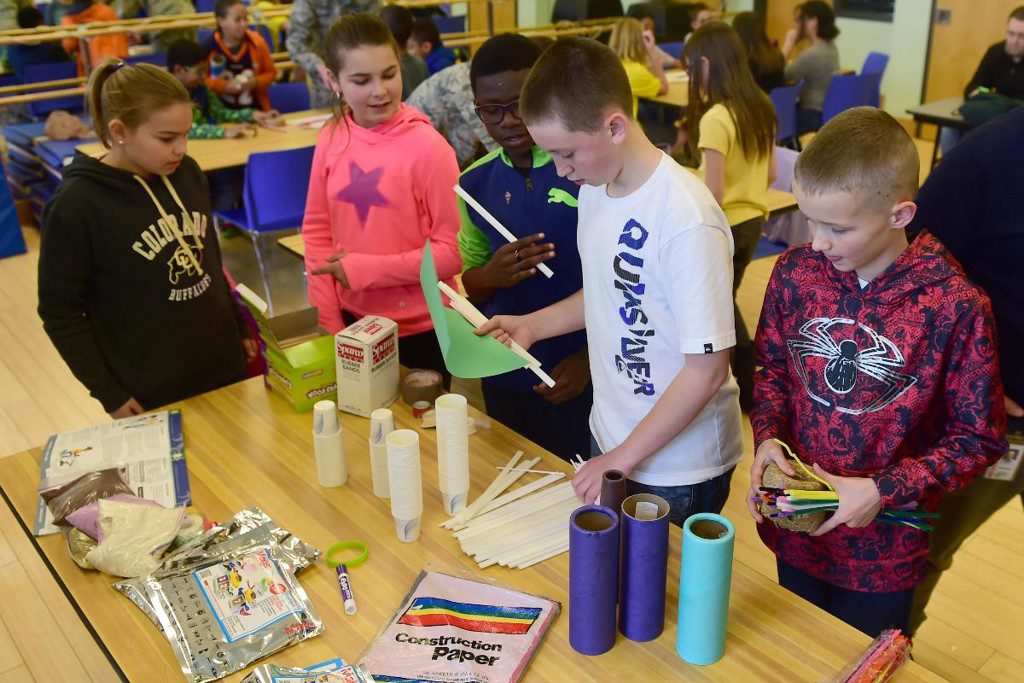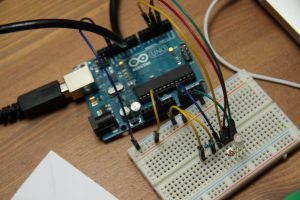I’m switching gears into an Educational Article for this week! If you haven’t already subscribed to the weekly blog updates, go ahead and drop your email below!
Every Wednesday at 11 AM EST, I’ll send you the current week’s blog article, tech news, and any updates to Learn Robotics (events, products, courses, etc). So, if you like reading my content, and don’t want to miss out, then be sure to subscribe!
For those of you who’d rather read a TUTORIAL article, go ahead and check out the tutorial archive, here. Don’t worry, next week I’ll be back with a step-by-step robotics-related article to satisfy your maker’s side! 🙂
Now that we have the intro aside, let’s jump into the meat of this week’s article: STEM Events!
How to Plan your STEM Event
Planning anything can be challenging if you don’t really know what to do or how to do it. However, there’s a huge difference when you’re planning STEM events: you most likely have an outcome or lesson that you want to achieve. As a program administrator or coordinator for this event, your district, principal, or supervisor can help you determine learning objectives or goals for this event. Use these goals as a starting point for planning. I’ve also mapped out some common questions that you can use in planning meetings to strike up a conversation around your event.
Common Questions to Consider when planning your STEM event
- What age groups are we hosting the event for?
- What area within STEM is especially important (science, technology, engineering, math)?
- Which areas of in STEM are we exceptionally good at?
- What are areas of STEM do we need help with?
- How long is the STEM event? Hours? Day(s)? Week?
- When is the event? Give specific dates & times.
- Do we want to have a theme? i.e. Space, Robotics, Energy Conservation, etc..?
- Who do we have on staff that can support our activities? Who do we need to hire?
- What is our budget for this event?
- What equipment do we need to run this event?
- What equipment will we need to buy that we don’t have?
Now that you’ve completed your preliminary planning, you’ll want to design activities around your learning objectives.
Create STEM Activities
In the following sections, I’ve outlined three key things to consider when developing your STEM event activities:
- Choose Interactive Activities
- Design Activities around Groups
- Create Mini Projects or Demos with Takeaways

Choose INTERACTIVE Activities
In order to capture the attention of students in grades K-5, you must choose interactive activities for the STEM week. I recommend splitting the duration of your STEM week into blocks of 30 minutes to 1-hour. Activities longer than this will be much harder to keep students’ attention for. I also recommend keeping the activities hands-on, and less “lecture-styled”. If you plan to host lectures or invite guests to speak, make sure they have activities to do with the students. You don’t want your students falling asleep or not paying attention because they’re bored.
Click here to learn more about the STEM Assemblies by Learn Robotics

Design Activities around GROUPS
I recommend for students in grades K-4 to have students in groups of 10 or less assigned to a teacher or chaperone. This will allow the teacher to guide students through the STEM activities without feeling overwhelmed. The goal is to ensure that each student has the opportunity to try out all of the activities.
While the focus of this article is on how to plan STEM events K-5 students, I want to briefly touch on how you can set this up for your older kids. For students in grades 5+, it’s beneficial to let students work in groups of 2-4 without direct supervision from teachers. Giving students the opportunity to work independently will foster an exploratory environment without the pressure of an adult pushing activities during the event. You can add in checkpoints and have teachers or chaperones monitor stations throughout the day to ensure that students are completing the STEM activities and not just fooling around.
Remember: We don’t want this event to feel like school, do we?

Create Mini Projects or Demos with Takeaways
Students love to create things through drawing, building, or designing. The next level of a hands-on activity is a mini project that has a takeaway – something the student can take home with them and show off to their family.
We’ve all heard of the spaghetti & marshmallow tower activity, but here’s a list of some additional (& more creative) projects that you can do if you’ve already exhausted the spaghetti & marshmallow project:
- Build a “shake table” for simulated earthquakes. Have students design houses & structures to withstand the earthquake.
- Bring in a skeleton (full model) and have students identify bones and what they do in the human body. You can do the same with models of vital organs (lungs, heart, brain, stomach, intestines, etc.)
- Create a robotics demonstration with a mobile robot. Purposely program a “flaw” into the system and have students find the problem and figure out a way to fix it (programmatically, mechanically, electronically).
- Design a rocket or paper airplane that can travel the farthest using various arts & crafts materials. Have students predict what designs will work best then test them out.
As you can see this list could go on & on. Be creative, and use these projects as inspiration for your next STEM event. Still feel like doing the spaghetti & marshmallow project? Try out Strawbies – they’re reusable, and you don’t have to worry about a sticky mess.
As always, if you need help planning, designing, or launching your next STEM event, please feel free to contact Learn Robotics for your robotics & STEM education needs! We’re here to help! 🙂




